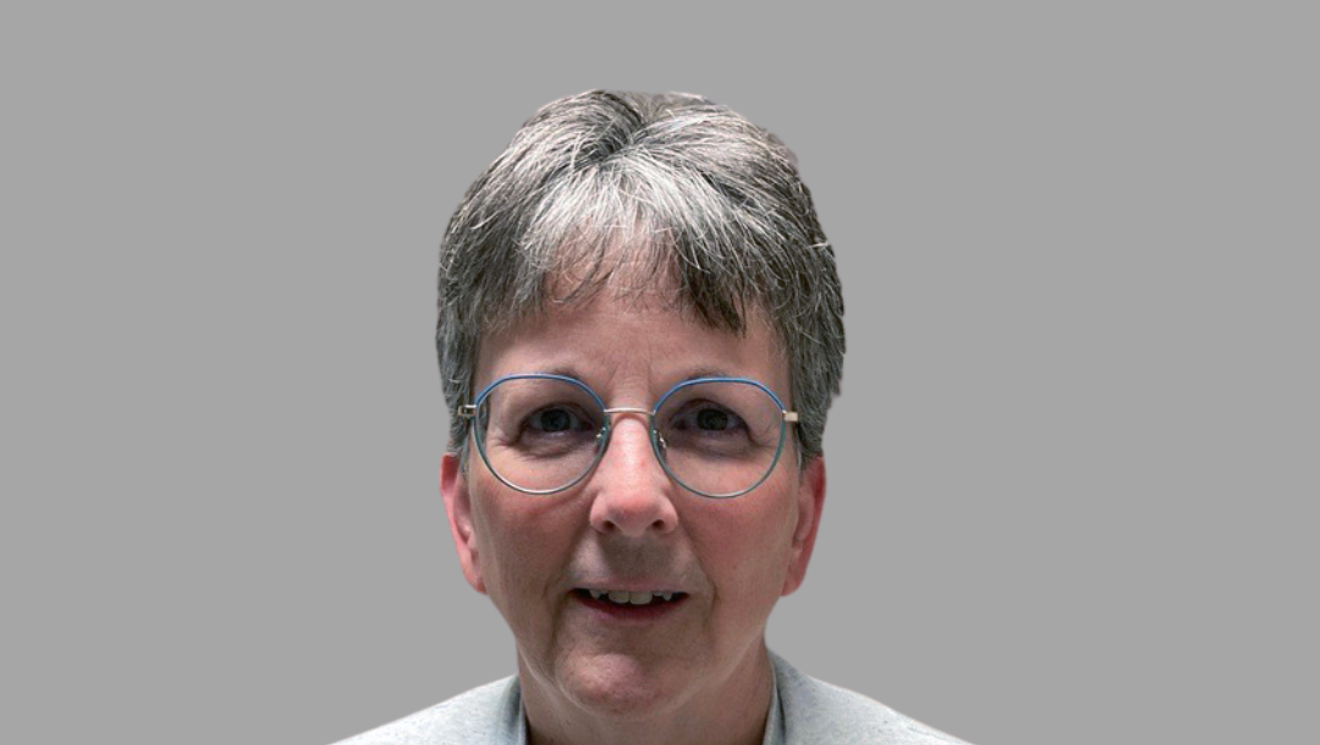
You might have anticipated that this month I’d be writing a
eulogy for Pope Francis, who died April 20. True, I am sad at his passing –
sometimes when my heart remembers he is gone I feel the void. But more than
sad, I am grateful for the gift of his life and the witness of his ministry.
The world is better because he said yes 12 years ago to a job he never wanted,
when he was an old man already, and likely thinking he was about finished with
the heaviest of his work.
But it is not just Pope Francis on my mind. I’m also
thinking about his call to the peripheries – among his most prophetic, and
perhaps least attended-to, admonitions. Granted, what he called “peripheries”
is only so for those of us who perceive ourselves at a “center.” To understand
the periphery, then, it is necessary to understand the center.
In our antiracism work we use a tool developed by Crossroads
Antiracism Training called center/borderlands. It is a way to understand
racism’s impact. Political, economic, social, technological and cultural power
in any society tends to be in the hands of a certain demographic group. In the
U.S., on balance, power is monopolized by educated, wealthy (extremely
wealthy!) straight, white males. The rest of us are, more or less, on the
peripheries of that power, based on our position relative to “the center.”
So, when I sat down with some friends recently to discuss
Indigenous People’s Day, I learned how those of us close to the center perceive
as peripheral American Indian and Alaska Native (AI/AN) women. Previously
unaware, at that meeting I learned that May 5 is “Murdered and Missing
Indigenous Women’s Day.”
I’ve learned from our Sister Barbara Ann Bogenschutz, who
has given almost 25 years to ministry among American Indians, that American
Indian women disproportionately face sexual violence, homicide and human
trafficking. I had no idea how shockingly disproportionate.
According to a study on the website of the National Congress
of American Indians:
• Homicide is the third highest cause of death for American
Indian and Alaska Native (AI/AN) women and girls ages 15-24, nearly three times
the rate for non-Hispanic white women.
• 96% of AI/AN women victims of sexual violence experience
this violence at the hands of non-AI/NA perpetrators.
• In 2018 there were 5,712 missing AI/NA women in the Urban
Indian Health Institute report. Only 116 of them were listed in the DOJ’s
federal missing persons database.
Do we even care, here in Illinois, where the Indian Removal
Act of 1830 was so successful that until this March there was not a single
Federally Recognized Tribe with land in our state? Though the American Indian
population here might be nearly invisible to most of us, Illinois has the sixth
largest urban Native American population in the nation, about 280,000 people.
You might wonder how that happened. In part, it was the
consequence of a late 20th century Bureau of Indian Affairs project. From
1950-1972 the BIA “Voluntary Relocation Program” provided Native families with
a few hundred dollars and one-way tickets to a city, where, the thinking went,
there would be better access to jobs and schools. This, of course, also meant
the further dilution the culture and lifeways of Indigenous families. One BIA
commissioner later called the program “an underfunded, ill-conceived program … essentially
a one-way ticket from rural to urban poverty.”
“The true measure of any society can be found in how it
treats its most vulnerable members,” said Mahatma Gandhi.
“I prefer a Church which is bruised, hurting and dirty,
because it has been out on the streets, rather than a Church which is unhealthy
from being confined and from clinging to its own security,” said Pope Francis
in his encyclical, The Joy of the Gospel.
Heaven knows, many church groups and the U.S. government
have plenty of genocidal history to atone for. At least we have ceased to
subscribe to the misguided policy of Capt. Richard Henry Pratt, whose said,
“Kill the Indian in him and save the man.” But that is not nearly enough.
We can’t get away with saying “But that was so long ago. I
had nothing to do with it. Isn’t it just time to move on?” Finding those
phrases on our lips implies we are much closer to the center than to the
peripheries, where trauma, poverty and structural violence continue to wound.
To reference the Rev. Robert Schreiter, a Catholic theologian who spent decades
facilitating reconciliation in nations torn by civil war, it is only
perpetrators, or perhaps the inheritors of the perpetrators’ power, who believe
the suffering ends with the war.
We need to care, because not caring diminishes our own
humanity as much as it does the humanity of murdered, missing, Indigenous women
– or any other group we’ve relegated to the margins of our society. What we
might discover, if we align ourselves with the suffering of those who are cast
out, abandoned, ignored, abased, and forgotten, is what Pope Francis most
wanted us to learn: wounds heal and real joy can be found, through deep
encounter, sincere atonement and humble, active reparation.
Sister Beth Murphy, OP, is the director of communication
for the Dominican Sisters of Springfield and a member of the anchor team at Cor
Unum House, where the Dominicans have an outreach program for young adult
women.


